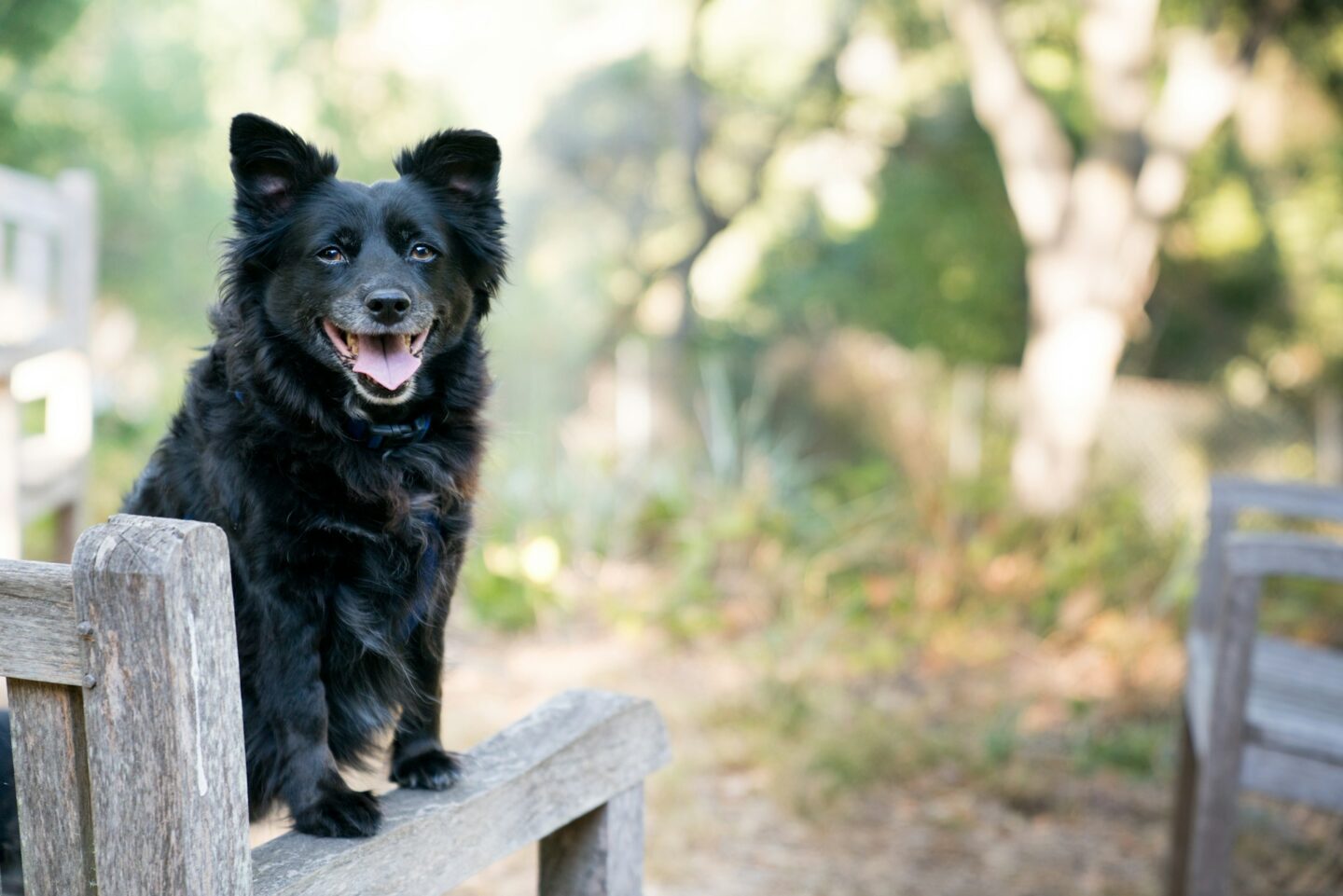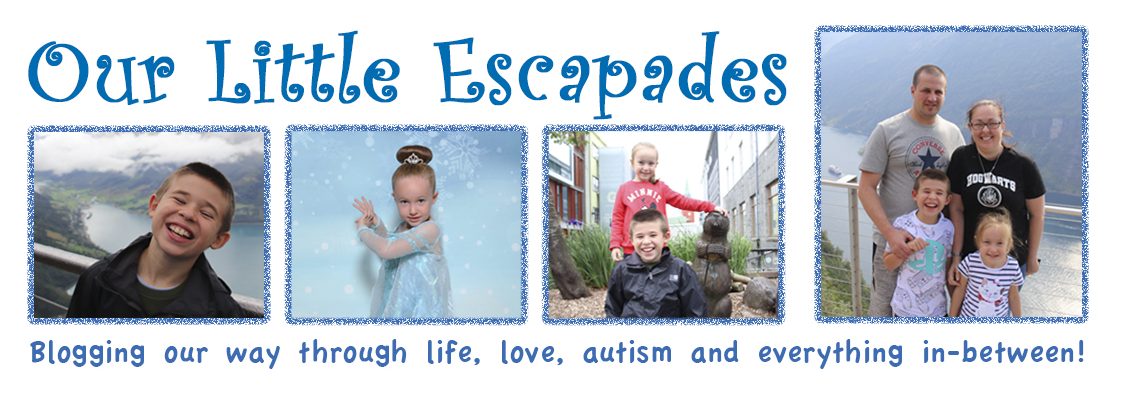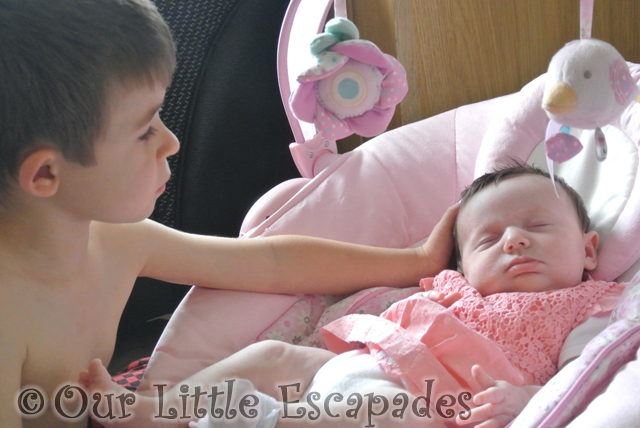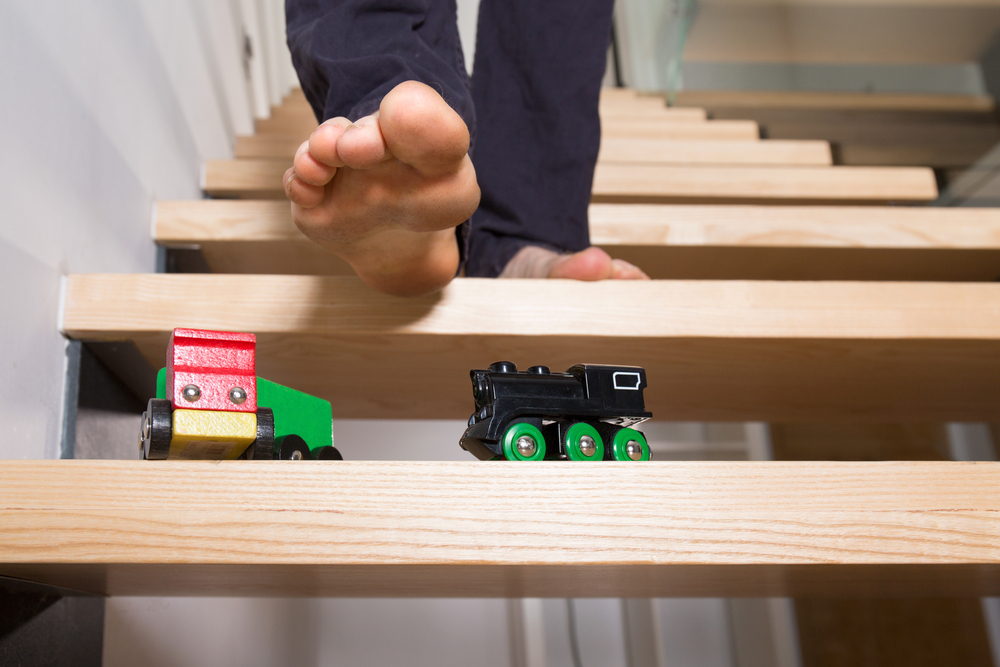Adopting a rescue dog is a fulfilling journey that begins with bringing a new family member into your home and watching them flourish. In Los Angeles, the trend of adopting rescue animals has gained significant momentum, reflecting the community’s growing commitment to animal welfare.
Rescue dogs may come from a variety of backgrounds—some may have been rescued from abusive situations, while others might have spent significant time in shelters. These experiences can lead to trust issues, fear of certain situations, or unfamiliarity with a loving home environment. Recognizing the signs of anxiety and stress early on can guide your approach to integrating them into your home.

Creating a Welcoming Environment
Before bringing a rescue dog into your home, it is essential to prepare a space that will make them feel secure and loved. Start by dog-proofing your home, removing any items that could pose a threat to their safety such as small objects that could be swallowed or any toxic plants. Set up a quiet corner with a comfortable bed, toys, and perhaps an item with the scent of their previous shelter or foster home to help them feel more at ease.
Training and Socialization
Training is crucial for helping your rescue dog adjust to a new set of rules and routines. Establishing a consistent daily routine helps create a sense of security. Feeding, walks, and bedtime at regular times allow your dog to predict and rely on these events, reducing anxiety and stress.
For those who are struggling with the process, seeking advice from a professional such as a Los Angeles based dog trainer can be extremely beneficial. A trainer familiar with rescue dogs can offer valuable insights and techniques tailored to your dog’s specific needs. They can assist with basic obedience training, behaviour modification, and advice on socialization strategies that are crucial for helping your dog adapt to their new environment.
Training should also focus on socialization—gently exposing your dog to various situations, people, and other animals under controlled conditions. This exposure is crucial for building their confidence and helping them understand how to behave in different environments. Socialization should be done gradually, ensuring that it is a positive experience for your dog, with plenty of rewards and encouragement.
Health and Safety
One of the first steps when bringing a rescue dog into your home should be a visit to the vet for a comprehensive check-up. This visit can address any immediate health concerns and update any needed vaccinations. It’s also a chance to discuss the dog’s diet and nutrition, as many rescue dogs come from environments where their diet was not a priority. Your vet can recommend adjustments or supplements to ensure they receive the nutrients needed for a healthy life.
Regular health checks are vital, especially in the early days, as they can prevent or quickly address any health issues that often accompany rescue dogs, such as parasites or skin conditions. Ensuring that your new pet is physically comfortable will aid in their overall adjustment and help in building a trusting relationship.
Building Trust and Bonding
Bonding with a rescue dog is a gradual process that requires empathy and patience. These dogs often need time to learn to trust humans again, especially if they’ve had negative experiences in the past. Simple activities like gentle petting, talking in a soothing voice, and spending quiet time together can significantly help in building this trust. It’s essential to allow the dog to approach you on their terms; forcing interactions can set back the bonding process.
Regular playtime is also crucial in establishing a bond. Engaging in fun activities that your dog enjoys, like fetching or tug-of-war, can strengthen your relationship and reinforce positive behaviours through play. Positive reinforcement techniques, such as treats and praises during training sessions, help affirm good behaviour and make learning a rewarding experience for your rescue dog.
Meeting Other Pets and Family Members
If there are other pets in the home, introducing your rescue dog to them should be handled with care. The introduction should be gradual, starting with sniffing each other under a door or through a gate. Initial interactions should always be supervised to monitor their responses and ensure that no aggressive behaviours emerge. If both animals seem calm and curious, you can allow a brief face-to-face interaction in a controlled environment.
Similarly, introductions to family members should be managed sensitively. Children should be taught how to approach the dog respectfully and to recognize signs of discomfort or stress in the dog. It’s crucial that all interactions are positive and non-threatening to help the dog feel safe and accepted in the new environment.
Ongoing Care and Adjustment
The integration of a rescue dog into a new home is not a one-time event but an ongoing adjustment for both the dog and the family. Continual observation of the dog’s behaviour is important as it can provide insights into their comfort levels and highlight any areas that may need additional attention. Regular training sessions should continue to reinforce learned behaviours and introduce new ones as your dog becomes more comfortable in the home.
It’s not uncommon for setbacks to occur during the adjustment period. Rescue dogs may exhibit behavioural issues as they settle into their new home, including separation anxiety, resource guarding, or unexpected aggression. In such cases, it’s beneficial to consult with professionals such as behavioural therapists or return to your trainer for additional guidance. The key is to remain patient and committed, understanding that these behaviours are often rooted in the dog’s past experiences.
A Rewarding Journey
Adopting a rescue dog is a commitment that comes with its challenges, but the rewards of watching a once-neglected animal grow into a confident and loving companion are immeasurable. The steps provided in this article will help guide you through the various stages of integrating a rescue dog into your home, ensuring a smooth transition for everyone involved.
Ultimately, the success of integrating a rescue dog into your home hinges on commitment, patience, and love. Each day with your new dog is an opportunity to strengthen your bond and provide the stable, loving home they deserve. By understanding and respecting their needs, providing proper care, and continuing to educate yourself on the best practices for their welfare, you’ll create a lasting relationship that enhances the lives of everyone in the household.
DISCLOSURE – This is a collaborative post.




